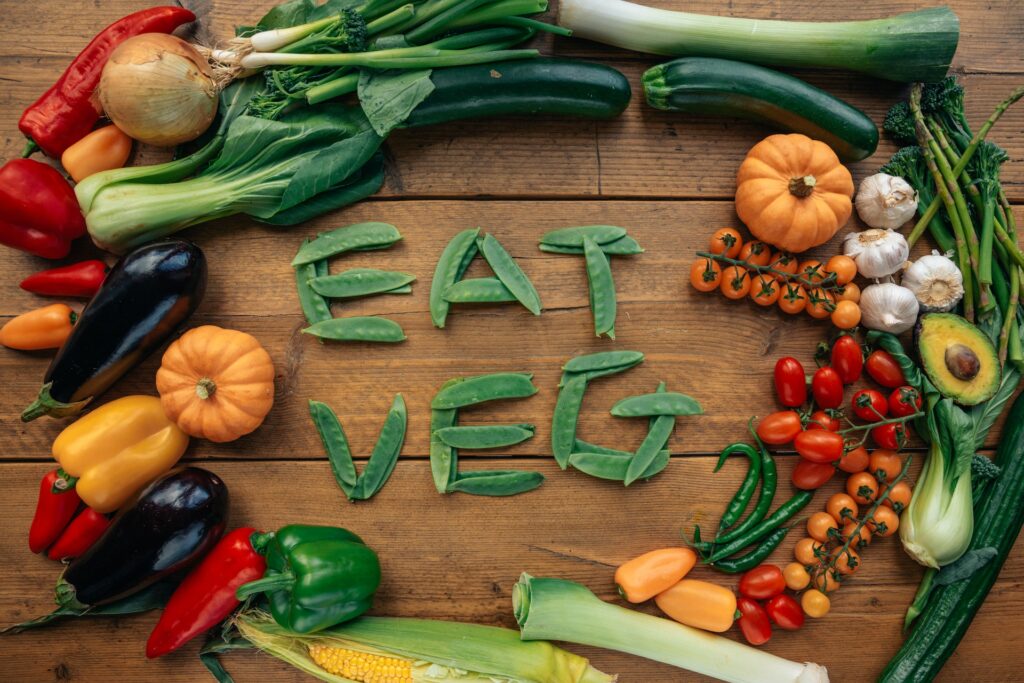Introduction: In the realm of agriculture, protecting crops from pests and diseases is a constant challenge. Traditionally, pesticides have been the go-to solution. However, as concerns about the environmental and health impacts of chemical pesticides grow, there is a growing movement towards natural, pesticide-free techniques for crop protection. In this article, we will explore the importance of transitioning to pesticide-free methods and highlight some effective and sustainable alternatives that can help farmers protect their crops while minimizing harm to the environment and human health.
- Biological Control: Biological control is a natural and sustainable method of pest management that involves using beneficial organisms to control pests. This approach harnesses the power of nature by introducing natural enemies of pests, such as predators, parasites, or pathogens, into the ecosystem. Ladybugs, predatory mites, and nematodes are examples of beneficial organisms that can help keep pest populations in check. Implementing biological control strategies reduces the reliance on chemical pesticides and promotes a more balanced and resilient ecosystem.
- Crop Rotation: Crop rotation is a time-tested technique that involves alternating the types of crops planted in a particular field over time. By rotating crops, farmers can disrupt pest life cycles, reduce pest build-up, and minimize the need for chemical interventions. Different crops have different nutritional needs and vulnerabilities, so rotating crops helps break the cycle of pests that target specific plants. Additionally, crop rotation can improve soil health, enhance nutrient cycling, and reduce the risk of soil-borne diseases.
- Integrated Pest Management (IPM): Integrated Pest Management is a comprehensive approach that combines multiple strategies to manage pests effectively while minimizing the use of pesticides. IPM focuses on prevention, monitoring, and intervention strategies tailored to specific pests and crops. This approach includes techniques like crop scouting, trapping, cultural practices, and targeted use of pesticides as a last resort. By integrating various pest management tactics, farmers can achieve long-term crop protection while reducing the overall reliance on chemical pesticides.
- Physical Barriers and Traps: Physical barriers and traps offer non-toxic means of preventing pests from damaging crops. Examples include netting or screens to exclude insects, row covers to protect plants from pests, and sticky traps to capture flying insects. These techniques are particularly useful for smaller-scale farming operations or in specific crop-growing environments. Physical barriers and traps not only provide an effective means of pest control but also reduce the risk of pesticide exposure to both farmers and consumers.
- Enhancing Plant Health: Maintaining healthy crops is essential for minimizing pest and disease outbreaks. Practices such as proper nutrient management, balanced irrigation, and promoting soil fertility through organic amendments can help strengthen plants’ natural defenses. Healthy plants are better equipped to withstand pest pressure and are less susceptible to diseases. By focusing on plant health, farmers can reduce their reliance on chemical pesticides and create a more resilient and sustainable farming system.
Conclusion: Transitioning from chemical pesticides to pesticide-free techniques for crop protection is a significant step towards sustainable agriculture. By embracing natural methods such as biological control, crop rotation, integrated pest management, physical barriers, and enhancing plant health, farmers can effectively safeguard their crops while safeguarding the environment and human health. Implementing these pesticide-free approaches not only reduces the risks associated with chemical pesticides but also promotes biodiversity, soil health, and long-term agricultural sustainability. Let’s embrace these natural alternatives and pave the way for a healthier and more environmentally friendly future of crop protection.




